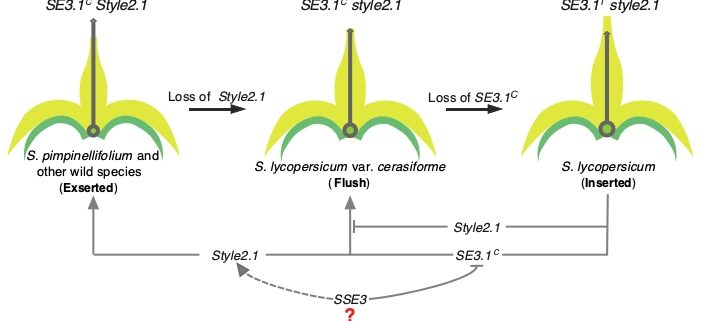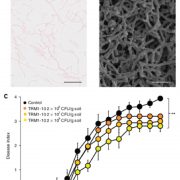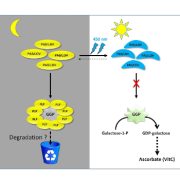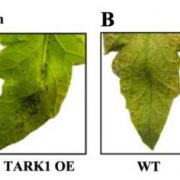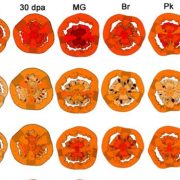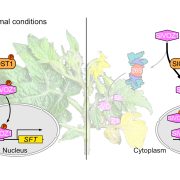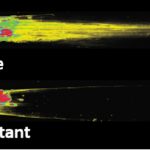Stigma retracted into anther tube needs two steps
By Lele Shang, Jianwen Song and Yuyang Zhang, Huazhong Agricultural University
Background: In flowering plants, flower morphology influences pollination. In the tomato genus Solanum pimpinellifolum and other wild species with exserted stigma mainly undergo cross-pollination or exhibit higher cross-pollination rates. During the domestication of tomatoes, stigmas have become flush with the surface of the anther tube, as in the tomato genus S. lycopersicum var. cerasiforme. With further improvement of tomatoes, stigmas retracted into the anther tube to improve the efficiency of self-pollination. A previous study identified the stigma exsertion gene Style2.1, which controls the direct transition from stigma exsertion to insertion. However, the loss of Style2.1 only resulted in flush stigmas in S. lycopersicum var. cerasiforme. Therefore, the transition to inserted stigmas may be controlled by other unknown genes in S. lycopersicum.
Question: We wished to identify additional genes controlling the transition from flush stigmas to inserted stigmas. We also wanted to offer a molecular basis for the extent of stigma exsertion over the course of tomato domestication and improvement.
Findings: We performed a genome-wide association for the ratio between anther length and pistil length in a set of tomato accessions and discovered a new stigma exsertion gene, named SE3.1 (for Stigma Exertion 3.1). We reannotated the gene structure to better understand the molecular consequences of the lead polymorphism, which introduced a premature termination codon in the reannotated SE3.1 coding sequence and produced inserted stigmas in cultivated tomatoes. SE3.1 is thus essential for the conversion from flush to inserted stigmas. This conversion also had a major effect on the rate of self-fertilization. Furthermore, we determined that both SE3.1 and Style2.1 contributed to the transition from stigma exsertion to insertion during the domestication and improvement of tomato. Style2.1 controls the first transition from exserted to flush stigmas, while SE3.1 is responsible for the second transition from flush to inserted stigmas.
Next steps: We are working on the specific role of SE3.1 in controlling flower development, and are attempting to assign it to a regulatory network. More importantly, we would like to identify other unknown genes controlling the extent of stigma exsertion that might complement Style2.1 and SE3.1 function.
Reference:
Lele Shang, Jianwen Song, Huiyang Yu, Xin Wang, Chuying Yu, Ying Wang, Fangman Li, Yongen Lu, Taotao Wang, Bo Ouyang, Junhong Zhang, Robert M. Larkin, Zhibiao Ye, Yuyang Zhang. (2021). A mutation in a C2H2-type zinc finger transcription factor contributed to the transition towards self-pollination in cultivated tomatoes. The Plant Cell, https://doi.org/10.1093/plcell/koab201


